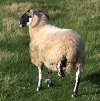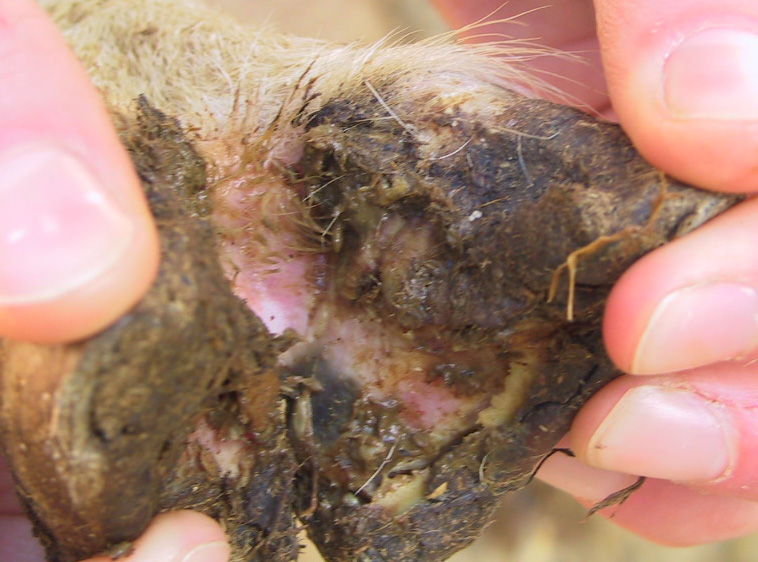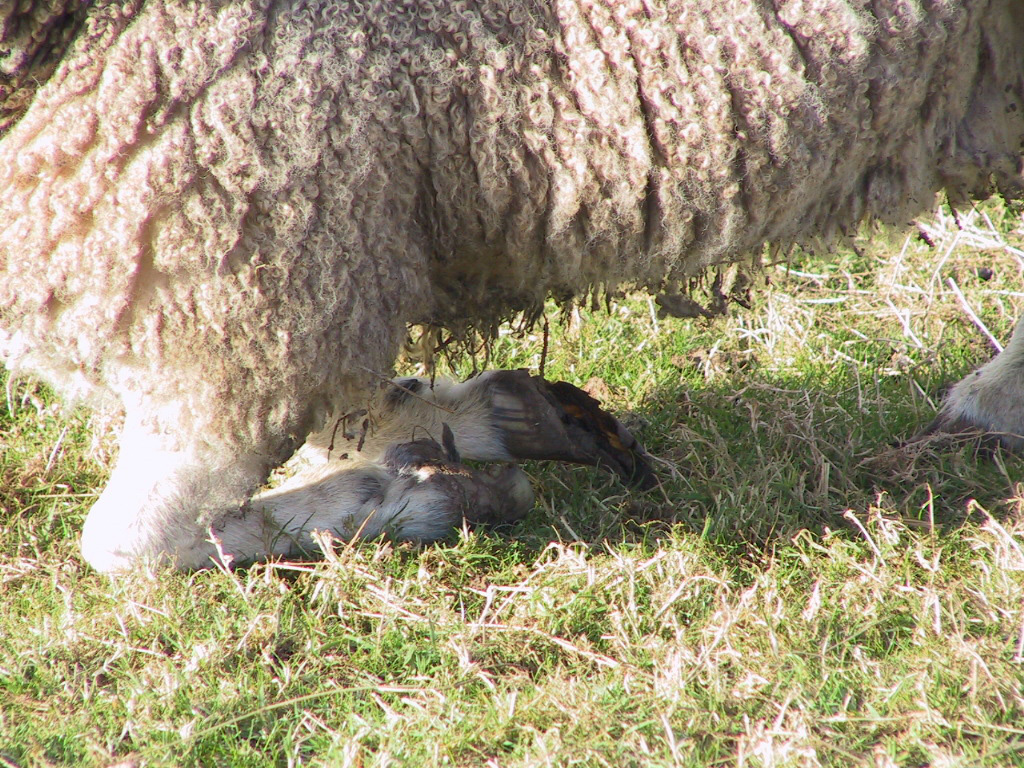
- Online pavilions:
- Veterinary medicines
- Veterinary raw materials
- Other
- Asia
- America
- medical instruments

News briefing: Most outbreaks of lameness in sheep are caused by either interdigital dermatitis (scald) or footrot; footrot is responsible for 90 per cent of sheep lameness. Interdigital dermatitis and footrot are caused by the bacterium Dichelobacter nodosus. The UK'
The prevalence (percentage of affected sheep on any day) is estimated to be 8-15 per cent in UK flocks. There is increasing evidence that a high prevalence of lameness (>2%) is indicative of failure to treat lame sheep appropriately (not quickly enough and using the wrong treatment). One flock study reported an annual loss of around £6 per lame sheep affected by footrot mainly the result of lost production not treatment costs.
Inflammation and superficial infection of the interdigital skin extends to under-run the sole and hoof horn of the inner hoof wall. Further separation and under-running of the hoof horn of the sole continues and may extend to the outer hoof wall. There is a characteristic smell of necrotic horn/exudate. The whole hoof capsule may be shed in severe cases. Chronic infection leads to grossly mis-shapen and overgrown hooves.


In chronic cases, the hoof walls and toes become overgrown and mis-shapen, trapping dirt and inflammatory exudate between the inflamed, granulating soft tissues of the sole and overgrown horn.

to be continued.......